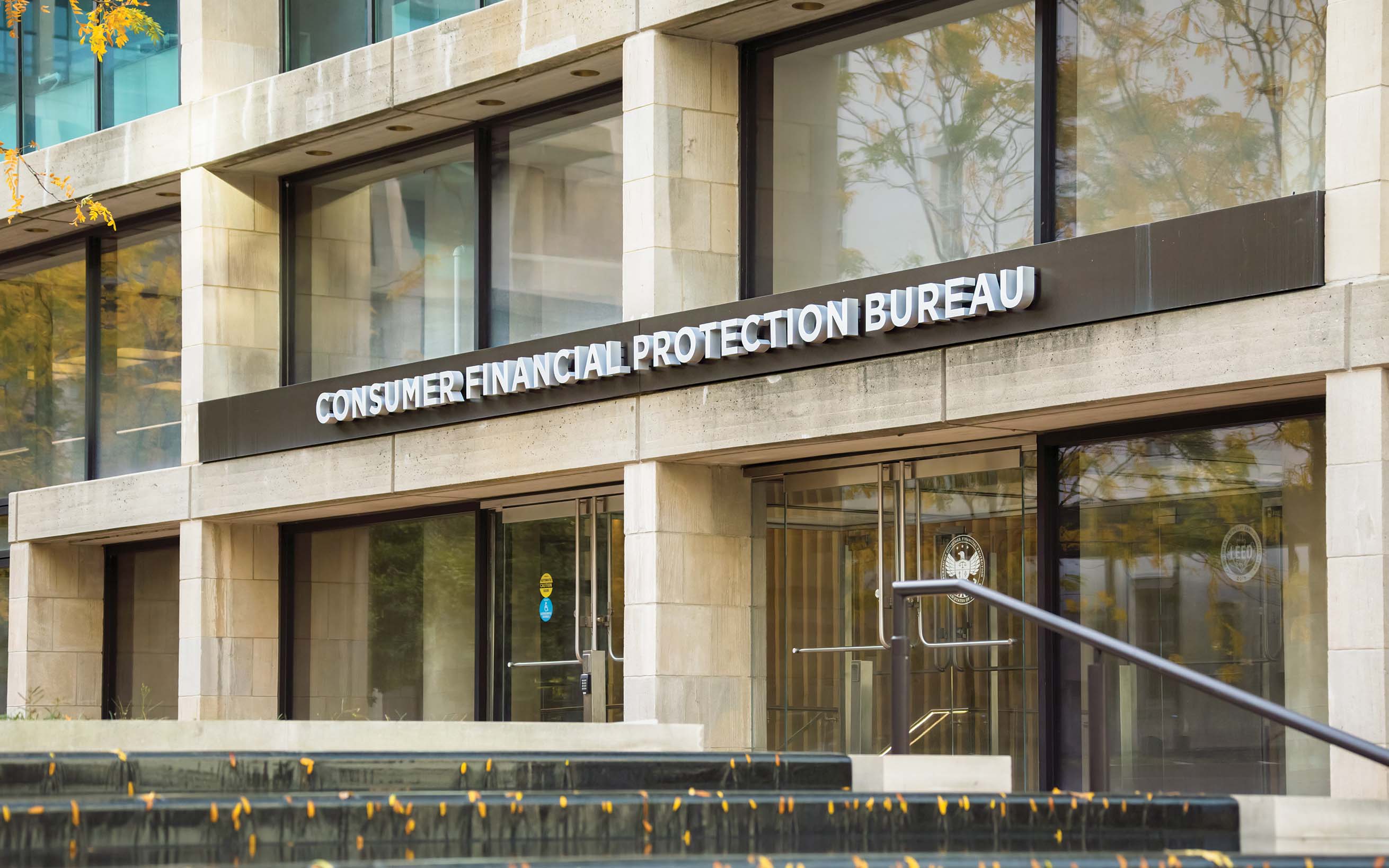In an effort to help financial institutions expand access to credit, the CFPB recently addressed regulatory uncertainty around special-purpose credit programs, or SPCPs. These programs are intended to help those who would not otherwise have access to credit.
What’s a special-purpose credit program?
July 01, 2021 / By Mary Thorson Wright
In an effort to help financial institutions expand access to credit, the CFPB recently addressed regulatory uncertainty around special-purpose credit programs, or SPCPs. These programs are intended to help those who would not otherwise have access to credit.
Last December, the Consumer Financial Protection Bureau (CFPB) issued an advisory opinion to encourage fair, equitable and nondiscriminatory access to credit through special-purpose credit programs (SPCPs) and help dispel industry uncertainty about Regulation B as it applies to them.
Regulation B generally prohibits discrimination in a credit transaction based on race, color, religion, national origin, sex or marital status, or age, provided an applicant has the capacity to contract. It also prohibits discrimination if all or part of an applicant’s income derives from any public assistance program or because they have exercised any right under the Consumer Credit Protection Act in good faith.
However, the advisory opinion clarifies that it’s not discrimination if for-profit organizations provide SPCPs designed to meet special social needs. The CFPB encourages creditors to offer SPCPs to increase access to credit for underserved groups, clarifies the content required by Regulation B for a written plan to establish and administer a SPCP, and explains the type of research and data that may be appropriate to support a SPCP to benefit a certain class of people.
Under Regulation B, a creditor may extend special-purpose credit to applicants who meet eligibility requirements under certain types of credit programs, including:
those authorized by federal or state law for the benefit of an economically disadvantaged class of persons
a program offered by a nonprofit organization for the benefit of its members or for the benefit of an economically disadvantaged class of persons
an SPCP offered by a for-profit organization, or in which such an organization participates, to meet special social needs when established and administered under a written plan. Such a plan identifies the class of persons that the program is designed to benefit and sets forth the procedures and standards for extending credit pursuant to the program. It is designed to extend credit to a class of persons who, under the organization’s customary standards of creditworthiness, probably would not receive such credit or would receive it on less favorable terms than are ordinarily available.
Community banks are solidly versed in providing mainstream credit tools and products. But what if a community bank is interested in developing an SPCP? What are the requirements of an SPCP?
How to develop an SPCP
The parameters of any program must be specific to the capabilities, resources and limitations of the community bank and appropriate for the communities and groups it serves.
Serving the financially underserved is not a new idea. In December 2019, the five federal financial institution regulatory agencies—the CFPB, Federal Reserve Board, Federal Deposit Insurance Corporation, Office of the Comptroller of the Currency and National Credit Union Administration—issued a joint interagency statement on the use of alternative data, information not typically found in consumer credit reports or provided by consumers on applications for credit in underwriting.
In the statement, the agencies highlighted the benefits to consumers, such as expanding access to credit and enabling consumers to obtain additional products and more favorable pricing and terms.
The CFPB has observed SPCPs at for-profit institutions, including a small business lending program for minority-owned businesses and a mortgage lending program with special rates and terms for individuals with income below certain thresholds or who are buying property in areas where the median income was below certain thresholds.
The programs were established and administered under written plans and were based on determinations that the applicants for the programs would, under other circumstances, likely not obtain such credit.
The advisory opinion specifies that a creditor administering or offering the SPCP must first determine a need for it using permissible sources, such as community bank data or external research such as governmental reports and studies. The results should then be compared with how the potential applicants might fare under the institution’s customary credit standards.
The community bank must develop a written plan that shows a need for an SPCP. That should include the class of persons that the program is designed to benefit, procedures and standards for extending credit pursuant to the program, the time period the program will operate or when the program will be reevaluated to determine if there is a continuing need for it, and a description of the bank’s analysis to determine the need for an SPCP.
The Federal Reserve Bank of Atlanta has reported that the lack of access to financial services … impedes economic mobility [and that] … limited access to credit can cripple the formation of small businesses and community development.
Expanding access to banking
There are good reasons for creditors to offer SPCPs. The Federal Reserve Bank of Atlanta has reported that the lack of access to financial services, including banking relationships for deposit accounts and savings vehicles and access to credit, impedes economic mobility. Its report also points out that limited access to credit can cripple the formation of small businesses and community development.
SPCPs may enhance community banks’ efforts to lend to certain members of their communities. If community banks decide to develop them, banks should enhance and administer their compliance management systems to review and monitor SPCPs to ensure ongoing compliance.
Subscribe now
Sign up for the Independent Banker newsletter to receive twice-monthly emails about new issues and must-read content you might have missed.
Sponsored Content
Featured Webinars
Join ICBA Community
Interested in discussing this and other topics? Network with and learn from your peers with the app designed for community bankers.
Subscribe Today
Sign up for Independent Banker eNews to receive twice-monthly emails that alert you when a new issue drops and highlight must-read content you might have missed.
News Watch Today

Join the Conversation with ICBA Community
ICBA Community is an online platform led by community bankers to foster connections, collaborations, and discussions on industry news, best practices, and regulations, while promoting networking, mentorship, and member feedback to guide future initiatives.













